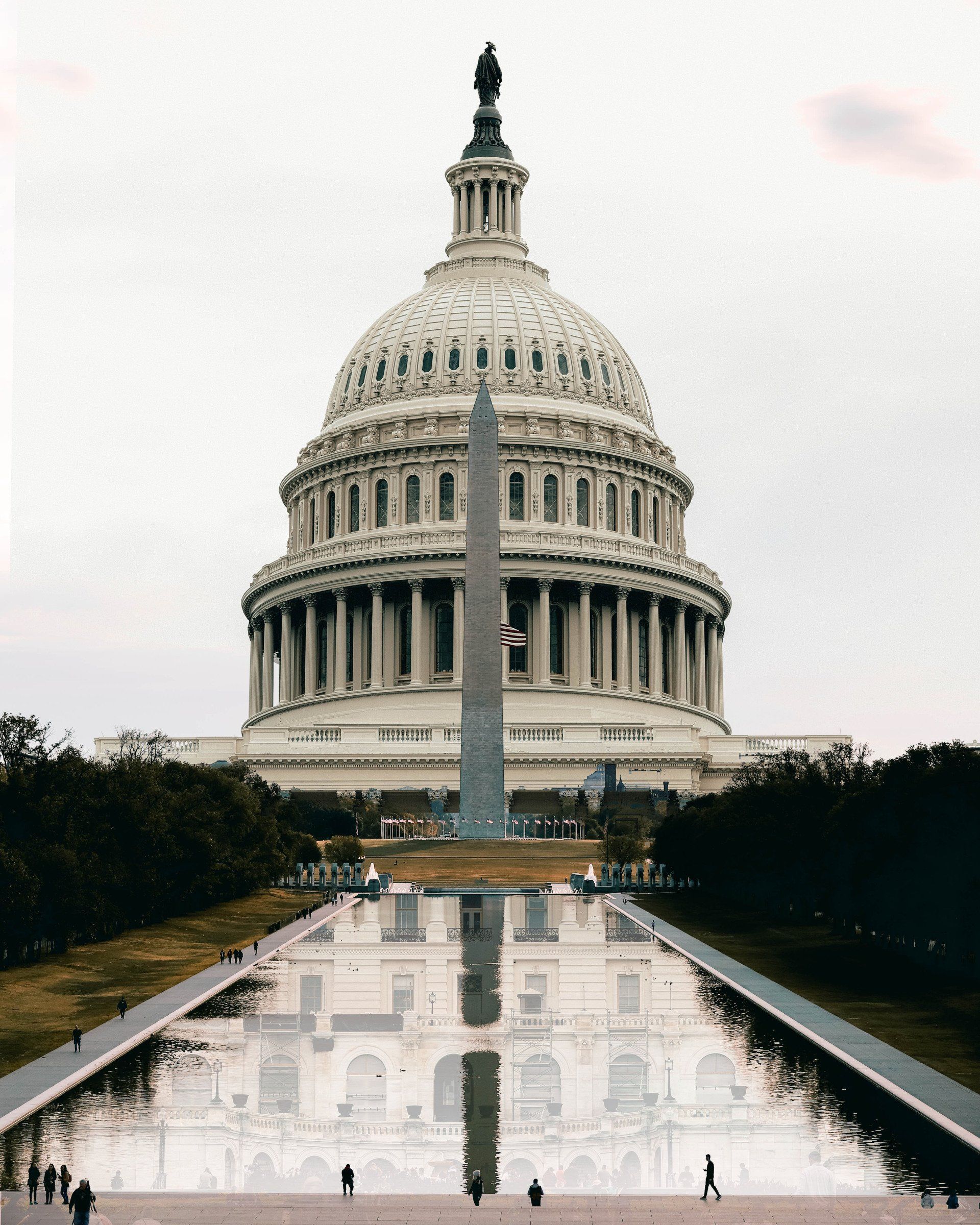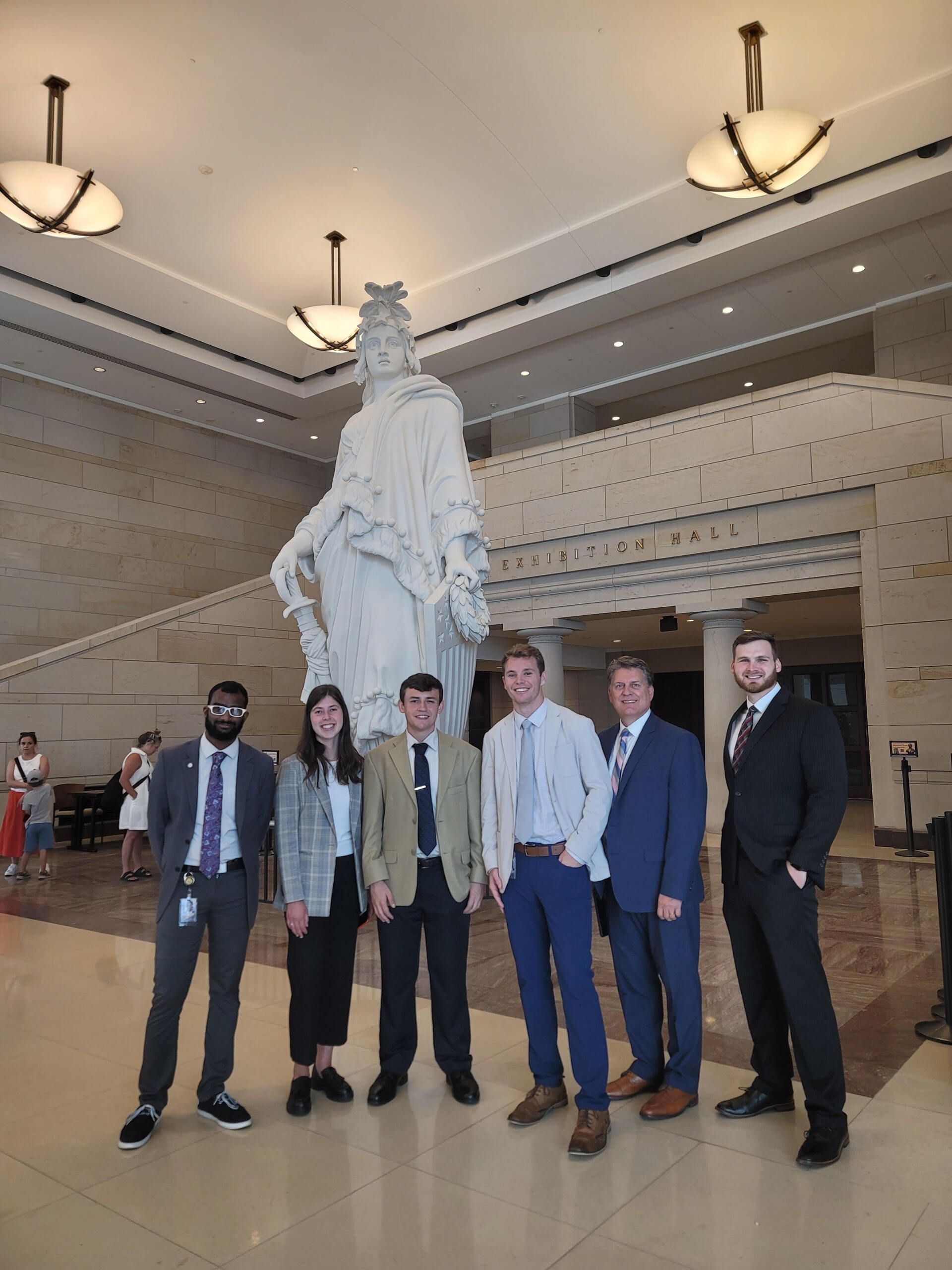Influencing Outcomes in the next 120 Days on Congressional and Government Actions
The next 120 days, from September until the end of December, create a PERFECT STORM for a variety of critical decisions by the U.S. Congress and government. It impacts all who seek to influence outcomes and to understand complex funding allocations, details in the policy process, and how to maneuver in the last days of the 117th Congress. Over 22% of the US House Members, and all their staffs, will not be in office after the end of this year. The same is true for many Senate offices and Members as well. What actions should one consider in a “lame duck” Congress after the November 8th National elections? How does one identify and influence unprecedented federal government actions and major regulatory agendas? Achieving success in this PERFECT STORM requires those that can navigate and avoid negative outcomes, with consideration for:
- The start of the next Fiscal Year (FY) 2023 on October 1st, with decisions yet to be made on all appropriations legislation.
- The spending priorities for FY22-31, creating a new phenomenon called “advanced appropriations”, impacting future agency funding levels.
- The Impact of the November 8th elections which will create a new majority in the US House, and possibly in the US Senate, which will influence new directions for 2023-2024.
- The final decisions on the next cycle of Administration proposed funding and policy initiatives for FY 2024 to be presented to the next 118th Congress.
Advanced Appropriations over many Fiscal Years:
One of the key take-aways from recent Congressional passage of massive, multi-Trillion-dollar legislation, which spans over multiple Fiscal Years, has been a relatively new funding technique called “advanced appropriations.” The majority in both the U.S. House and Senate, have disregarded the established practice of annual appropriations bills for agency programs and have resorted to funding programs over a multi-fiscal year basis.
Several examples are as follows:
- Public Law 117-169, “Inflation Reduction Act,” August 16, 2022, allocates funding over a ten fiscal year basis. Examples within this act include; $250M funding for the National Park Service over 10 years ($2.5B). The US Postal Service receives a total of $1.29B, over 10 years from for the purchase of zero-emission vehicles and an additional $1.71B for infrastructure.
- Public Law 117-167, “CHIPs Act,” August 2,2022 (Section 102) appropriates $52B over five years for the Department of Commerce and $2B on semiconductor chip manufacturing for the Defense Department over a 5-year period.
These funding appropriations provides an agency or program with huge allocations, giving tremendous authority and decision-making ability to federal officials to determining the rules for who secures the funds and how they are dispensed. For example, Long-range projections of funding within the Pentagon might include details over a five-year period. This multi- year effort creates new targeting for agency official presentations, requests over a longer period, and strategies to meet these new demands.
A new Fiscal Year begins October 1st:
This Congress ends on December 31st, 2022, and the new 118th Congress begins in January. All bills not passed by the end of this year “die.” Therefore, bills providing for the over $1.2T federal budget have pending legislation in the Congress. If not passed by October 1st, to avoid a “shutdown” of the federal government, Congress passes what is called a “continuing resolution” (CR). This CR funds the government at the rate last approved by Congress for each agency (this would be at FY2022 levels). It is possible that the political nature of the divided Congress may delay funding past October 1st. Last year, a “Consolidated Appropriations Act,” was signed into law on March 15, 2022, 165 days after the funding was to begin. These funding decisions have impacts that merit consideration in these 120 day period:
- Critical changes in federal policy directives inserted in legislation by Congress or line-item allocations for specific programs can be tremendously impacted if delayed. These decisions are made away from the floor of the House and Senate by a joint conference committee of leadership and professional staff. Many of these specific funding items impact national defense programs within the DoD.
- Changes that will occur after the November 8th national elections in the funding committee leadership, especially chairs of Committees and subcommittees with their professional staffs, are critical to outcomes. This is true both in the final stages of this Congress, but more so for developing policy and funding for the next one. Keeping one eye on the elections for Congress can be a crucial decision in the next 120 days.
- Aside from the “advanced appropriations” programs, during this FY transition, some key targets for presentation include officials at the Office of Management and Budget (OMB). OMB is considered the key group that advises the White House on agency budget decisions, as well as proposed budget impacts. Also, consideration in the next cycle for FY24 is crucial. Final OMB and White House decisions on that budget are to be made after Thanksgiving and prior to Christmas for presentation to the Congress after the State of the Union in early 2023.
The next 120 days includes many other critical deadlines and decision-making events in government relations for impacting the U.S. Congress and Federal agencies. Some of these to consider are as follows:
- The NDAA: Resolution of the final National Defense Authorization Act (NDAA) for FY2023, which passed the House and has been “filed” in the Senate. The NDAA in the Senate has seen 900+ amendments for consideration by the leadership and there will be a final Conference Committee between the House and Senate Armed Services Committees prior to sending it to the White House. This is a major pending bill of an $800B+ magnitude which is a must pass effort this year.
- Laws that are expiring: There is a host of laws that will expire within the next 120 days, and many of these are quite important to various programs and constituencies. An example is the National Flood Insurance Program (NFIP) which expires September 30, 2022. Most of these provisions will probably be “kicked down the road” so to speak into the 118th Congress for final resolution.
- Regulations by each federal agency: With a host of bills signed into law with key provisions requiring agency regulations for implementing the program, grant, or policy, it is anticipated that the agency regulatory processes will be working overtime at the end of the year and into the 1st Quarter of 2023. These regulations for once a bill is signed into law are being drafted and reviewed within the agency and influencers are working to project their requirements into the final rule that will be published in the Federal Register for public comment. Many of the FY22-23 decisions referenced above will also have a major impact at the state level once funding is allocated either by formula or directly by the highest agency official.




